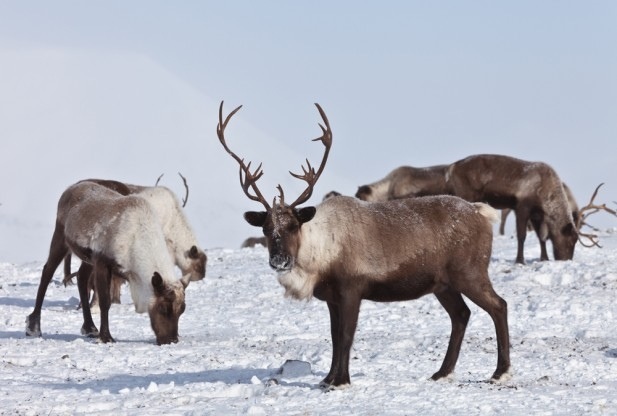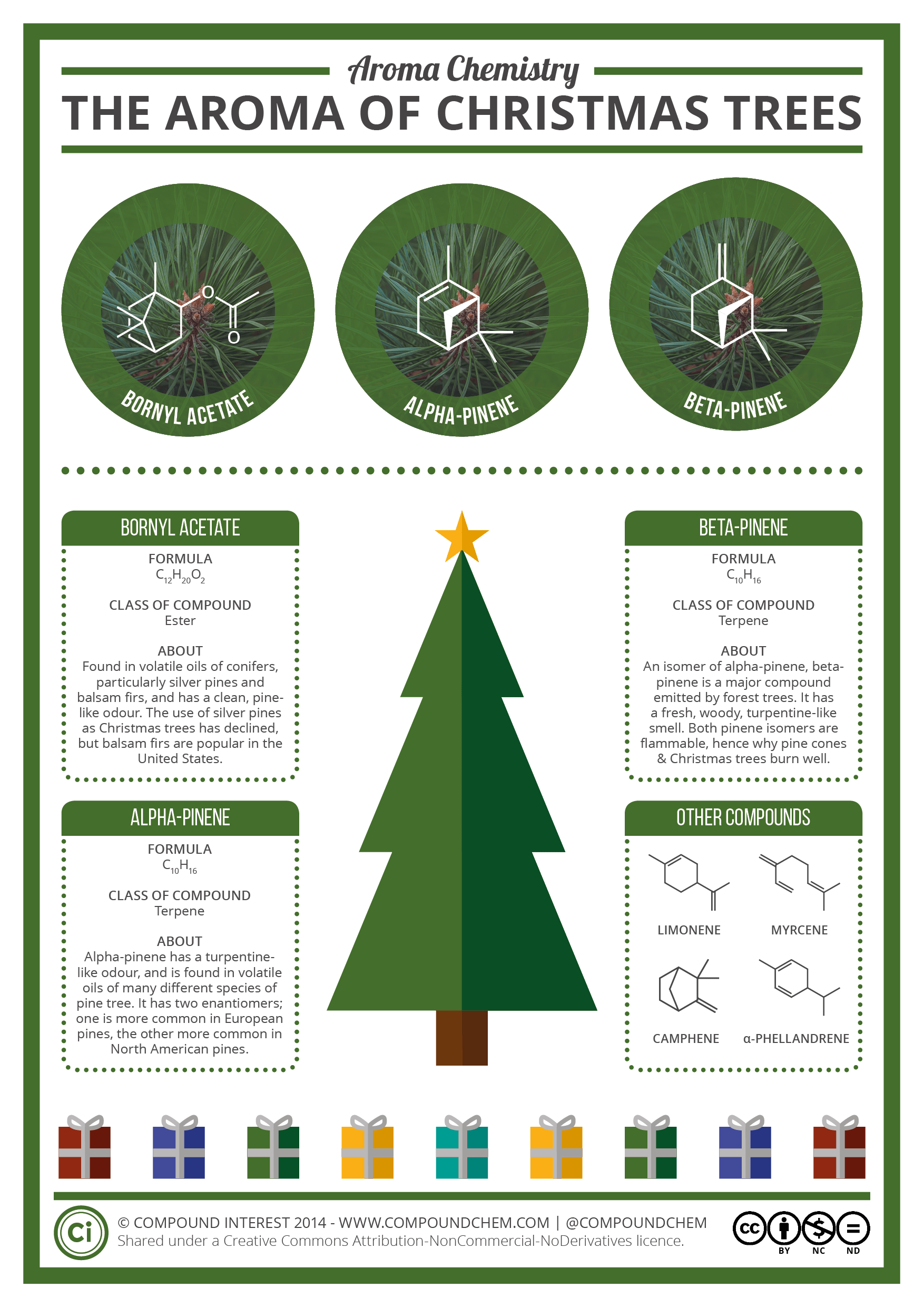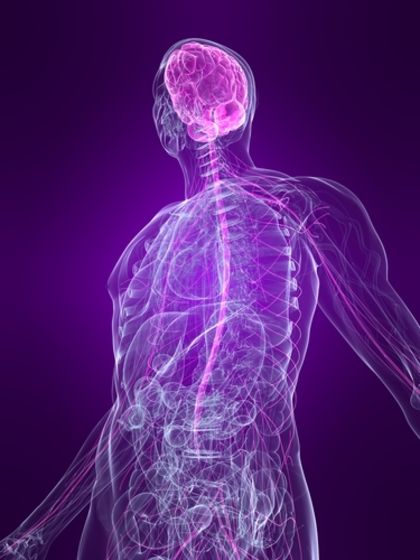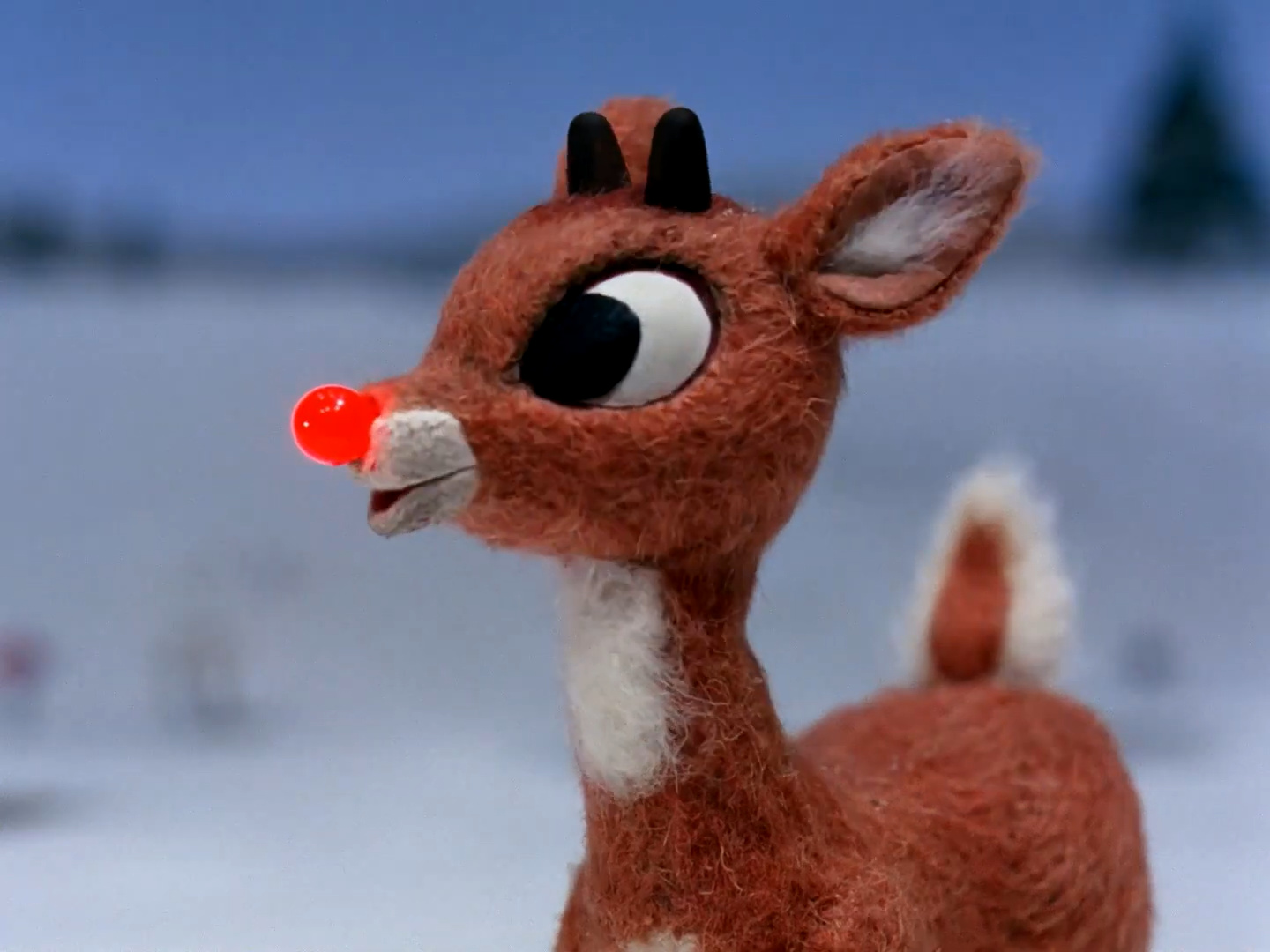For obvious reasons - reindeers are mostly known for their link to Santa Claus and make the ideal sleigh pullers. Aside from Christmas, they're more usually seen during their mammoth Arctic migration - during this, North American herds may travel for more than 5,000km.
Reindeers are also the only kind of deer where both males and females sport antlers, although they still can reach epic proportions in male reindeers.
Throughout the year, Reindeer mostly eat grass but they also take a fancy to virtually any other plant. In the winter - they often eat 'Reindeer lichen', moss and fungi. They are also very sociable creatures, living in groups of 10-100 groups.
As far as breeding is concerned, they mate in October and have a pregnancy of 230 days and give birth in May or June. When they do so, they only give birth to one baby who becomes fully mature at 2 years old. In the wild, they live to between 12 and 15 years old, although some live until they're 20.
Reindeers are also the only kind of deer where both males and females sport antlers, although they still can reach epic proportions in male reindeers.
Throughout the year, Reindeer mostly eat grass but they also take a fancy to virtually any other plant. In the winter - they often eat 'Reindeer lichen', moss and fungi. They are also very sociable creatures, living in groups of 10-100 groups.
As far as breeding is concerned, they mate in October and have a pregnancy of 230 days and give birth in May or June. When they do so, they only give birth to one baby who becomes fully mature at 2 years old. In the wild, they live to between 12 and 15 years old, although some live until they're 20.
Like many animals, they're hunted and have been hunted since the stone age. In northern regions in particular, they eat the meat and use the fur, skin, antlers and bones for various products. The reindeer was first domesticated around 3,000 years ago in Siberia and Scandinavia. Since then, they've been used for transport and pulling sleds. Because they can live in very cold climates - this makes them the ideal animals for the job.












 Santa Claus is based on a fourth-century bishop from modern-day Turkey
Santa Claus is based on a fourth-century bishop from modern-day Turkey The first lighted Christmas tree can be traced to Martin Luther
The first lighted Christmas tree can be traced to Martin Luther A parasitic infection may be the cause of Rudolph's red nose
A parasitic infection may be the cause of Rudolph's red nose Two weeks before Christmas is a popular time for couples to break up
Two weeks before Christmas is a popular time for couples to break up Oklahoma was the last state the declare Christmas a holiday
Oklahoma was the last state the declare Christmas a holiday


















